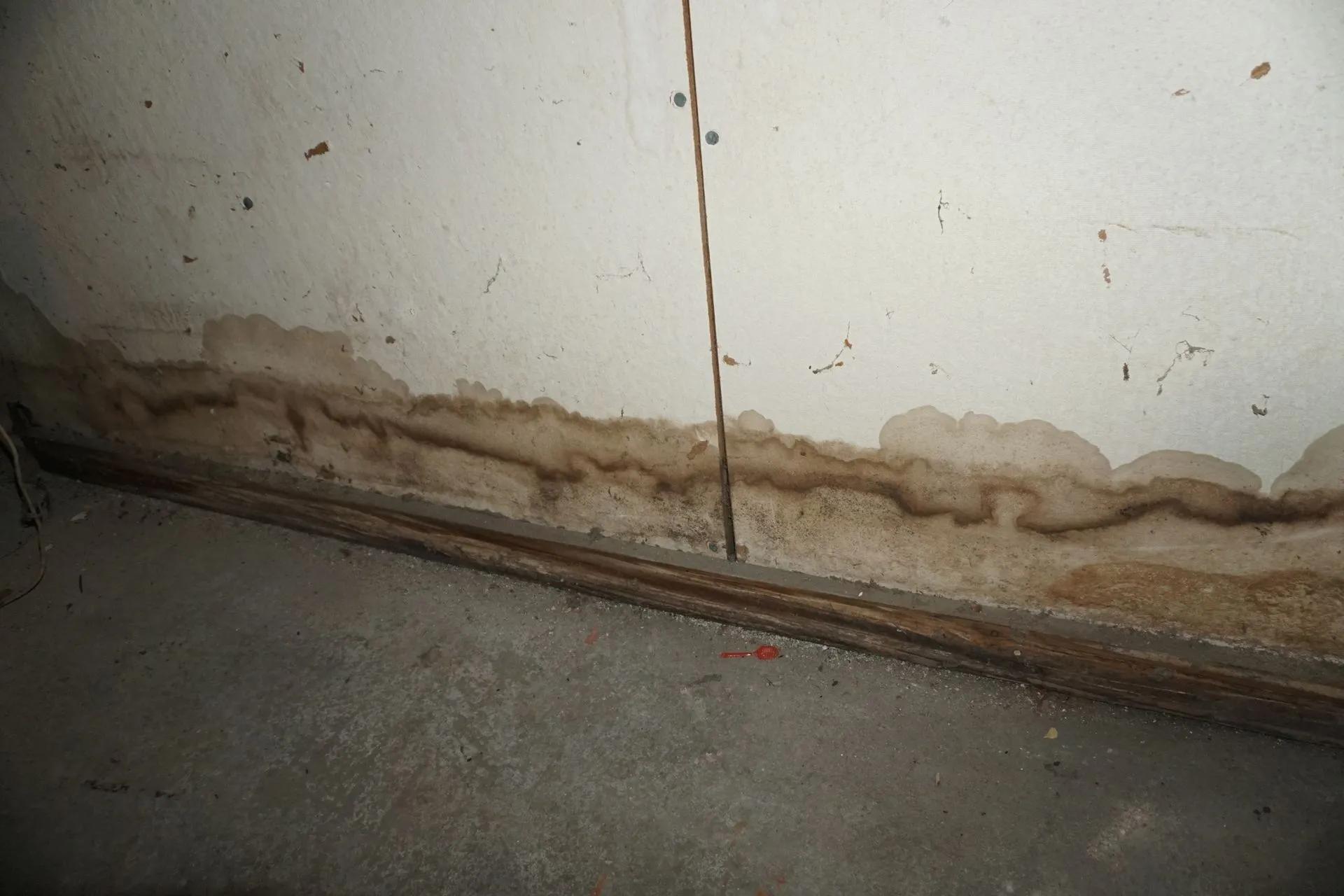Preventing Water Damage in Your Basement
Preventing Water Damage in Your Basement

If you’ve ever had a wet and leaky basement, you understand all the hassles involved. But, like maintenance on a car, maintenance on your basement is good, too, to ensure it keeps water out of your basement for years to come.
So, to ensure the belongings you may be storing in your basement are dry, and any living space you have in your basement stays dry, here are some tips you can follow to help ensure your basement’s safety from water.
Sump Pump System
If you have only one pump, one pump, and a battery backup, or multiples of each, it is important to note that these never kick on until you need them during a storm. However, if you have never seen them in action, it is crucial to test them, so you have peace of mind should a heavy storm come. Therefore, it is very important to check your sump pump system. Here’s how:
1) Test your Sump Pump System
If your sump pump(s) turn on, you have a confirmation that they do indeed work as they should. However, you aren’t done yet! Fill up your sump pit with water.
2) Test your Battery Backup System
This is probably equally or more important than your actual sump pumps. To do this, switch off the power leading to the sump pump system. Once you have done that, fill your sump pit with water; if your battery backup works, it should turn on the same as your main sump pump. Don’t forget to switch the power back on for the main sump pump system when you’re done testing.
3) Clean out your gutters and downspouts
When considering keeping your basement dry, it does not pertain to just checking your foundation for cracks and checking to ensure your sump pumps are operational. The maintenance also can reside outside the basement as well. Gutters and downspouts do their job by collecting water that flows down the roof and then routing it out and into the yard. With a properly graded yard, the water will then flow down and away from the house. But, it is important to note that the gutters and downspouts will not work as intended if they are not cleaned and maintained. You may be able to lengthen the intervals between gutter cleanings with a Leaf Relief Gutter Protection System. However, this is not a reason not to check your gutters for clogs.
When you are finished checking your home for all the potential for water entering the basement and then properly eliminating them, you will be all the better. You can maintain confidence that you will have a dry basement for years.
 574-318-3326
574-318-3326








